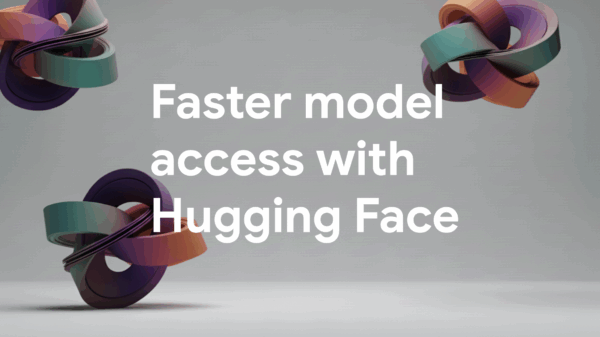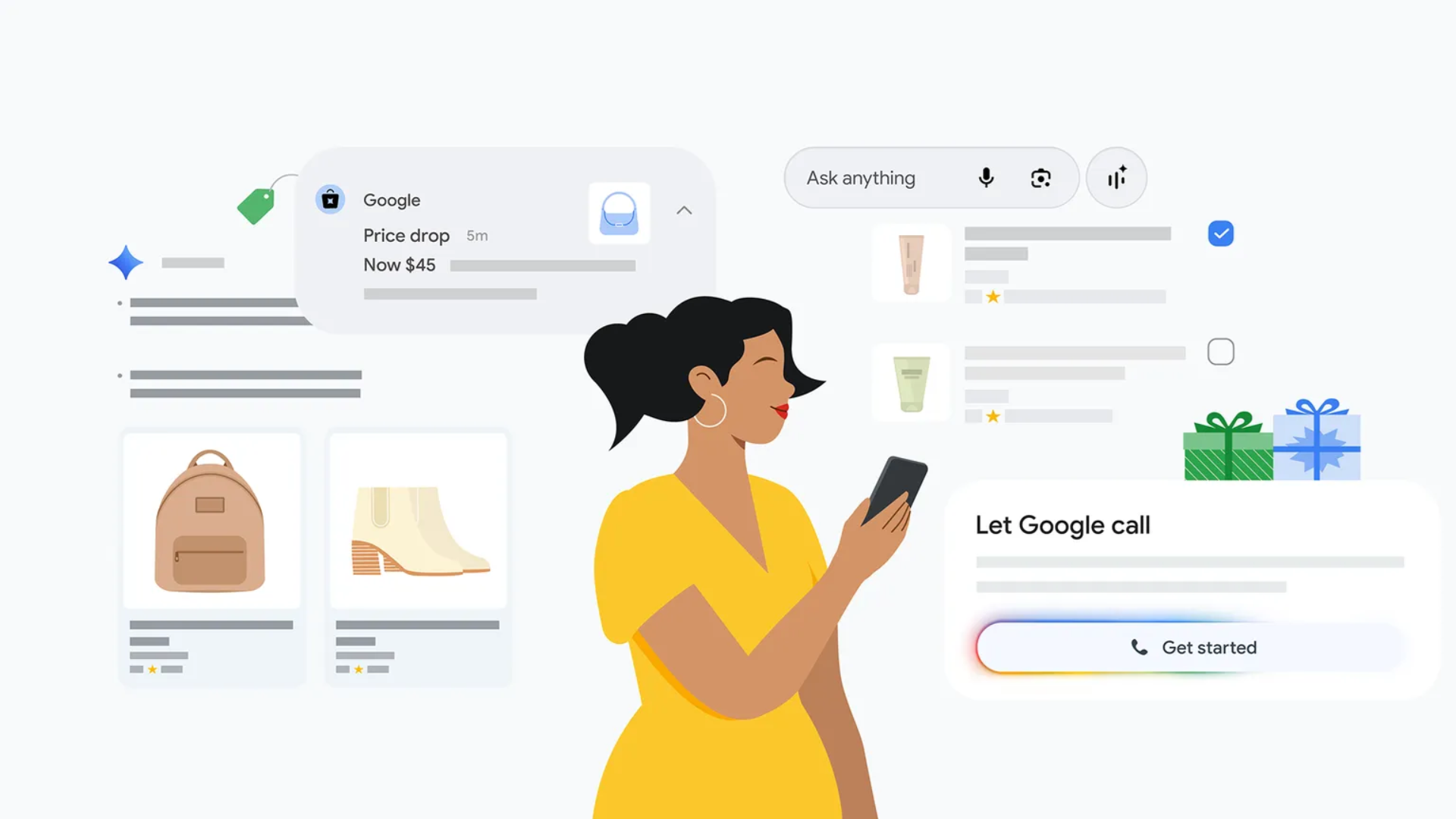As the holiday season approaches, Google is stepping up its game with a set of innovative AI tools aimed at transforming the often-stressful experience of holiday shopping into a more enjoyable activity. The tech giant’s latest initiative focuses on enhancing its shopping platform with AI-driven capabilities to help users find and purchase products more efficiently. I decided to put these new tools to the test by searching for a gift for my wife.
Luxury haircare products are always a safe bet, and I had my eye on the Oribe Gold Lust serum. This high-end haircare gift set exudes opulence, yet I remained open to alternative suggestions. If these new AI features could guide me through this purchase without the usual shopping headaches, I might consider using AI for more holiday gifts.
Exploring AI Mode
Traditionally, using Google Search for shopping can feel daunting, often overwhelmed by sponsored products and lengthy lists. However, Google has promised that its new AI Mode would provide a more conversational and coherent shopping experience. Upon activating AI Mode, I immediately requested a luxury haircare gift set for my wife. To my delight, I was presented with four upscale options, including the Oribe Gold Lust set right at the top.
The information displayed was impressive, featuring real-time pricing from various retailers via the Shopping Graph, along with reviews and comparisons of available bundles. This streamlined approach was certainly quicker than scrolling through extensive lists of haircare products, although it’s wise to approach any curated selection—whether human or AI—with a touch of skepticism.
See also Eli Lilly and NVIDIA Launch 1,000+ GPU AI Supercomputer for Drug Discovery Innovations
Eli Lilly and NVIDIA Launch 1,000+ GPU AI Supercomputer for Drug Discovery InnovationsAI-Powered Assistance
One standout feature in AI Mode was the option to ‘Track Prices.’ By setting desired price thresholds, I could enable AI to monitor the product and send me notifications when it met my criteria. For experimentation, I set my target price at the current amount and authorized Google to initiate a purchase if the conditions were met.
After a few hours, I received a notification regarding the hair oil, asking whether I wanted to proceed with the purchase. I opted to test the system without finalizing the transaction. Google promptly directed me to a checkout page populated with my details. If I had chosen to confirm my order, the product would likely already be en route.
Local Shopping Made Easy
Not all of Google’s new shopping features reside within AI Mode. Utilizing typical search, I encountered a unique option labeled ‘Let Google Call.’ This allows users to avoid waiting for online orders or the frustration of discovering that stores lack the desired product. Google’s AI can contact local stores to inquire about availability.
To test this feature, I answered a few questions regarding the specific Oribe product I sought and provided my location. After confirming my email address, the request was sent out. This function draws upon an updated iteration of the Duplex technology that Google has employed for some time, albeit with mixed reviews.
About half an hour later, an email arrived detailing responses from nearby beauty and health stores regarding product availability. The information proved more reliable than anything I could have gathered from online listings alone, and the best part was that it required no additional effort on my part. I now had a clear roadmap for local purchasing should I desire immediate gratification.
Overall, my test of Google’s AI shopping capabilities left me feeling relieved. The challenge of holiday shopping—balancing personal preferences, budgets, authenticity, and stock availability—has long been a seasonal nuisance. However, this experiment demonstrated a relatively straightforward alternative. AI Mode effectively guided me to the gift, while the agentic checkout option could alleviate the chaos of snagging a deal. Alternatively, the Duplex feature enabled me to check local availability.
If these AI tools can adapt to user preferences and assist without taking full control of the shopping process, I find myself feeling optimistic about the future of retail. The potential for AI to alleviate the more tedious aspects of shopping while preserving user agency could redefine the holiday shopping experience.





































































